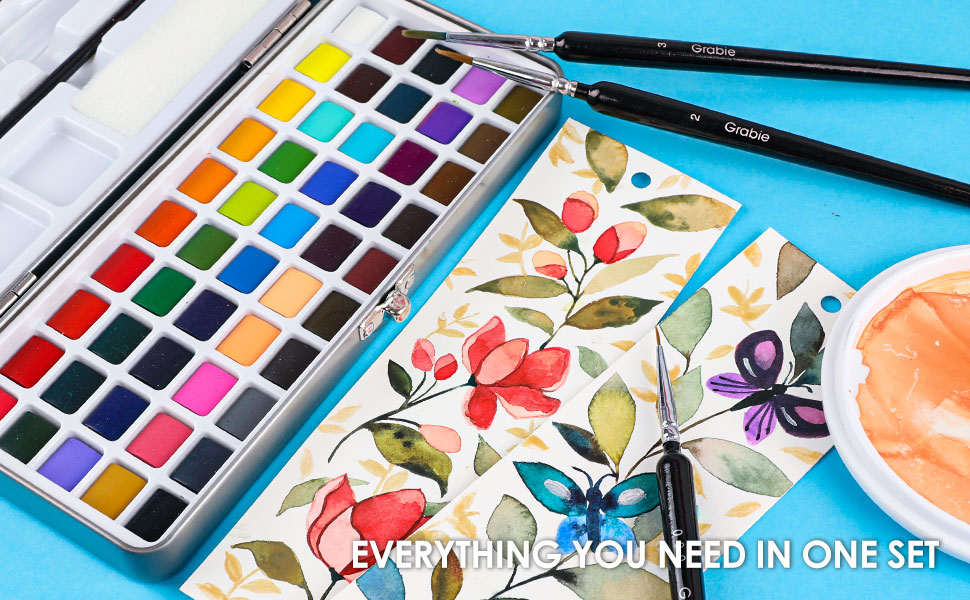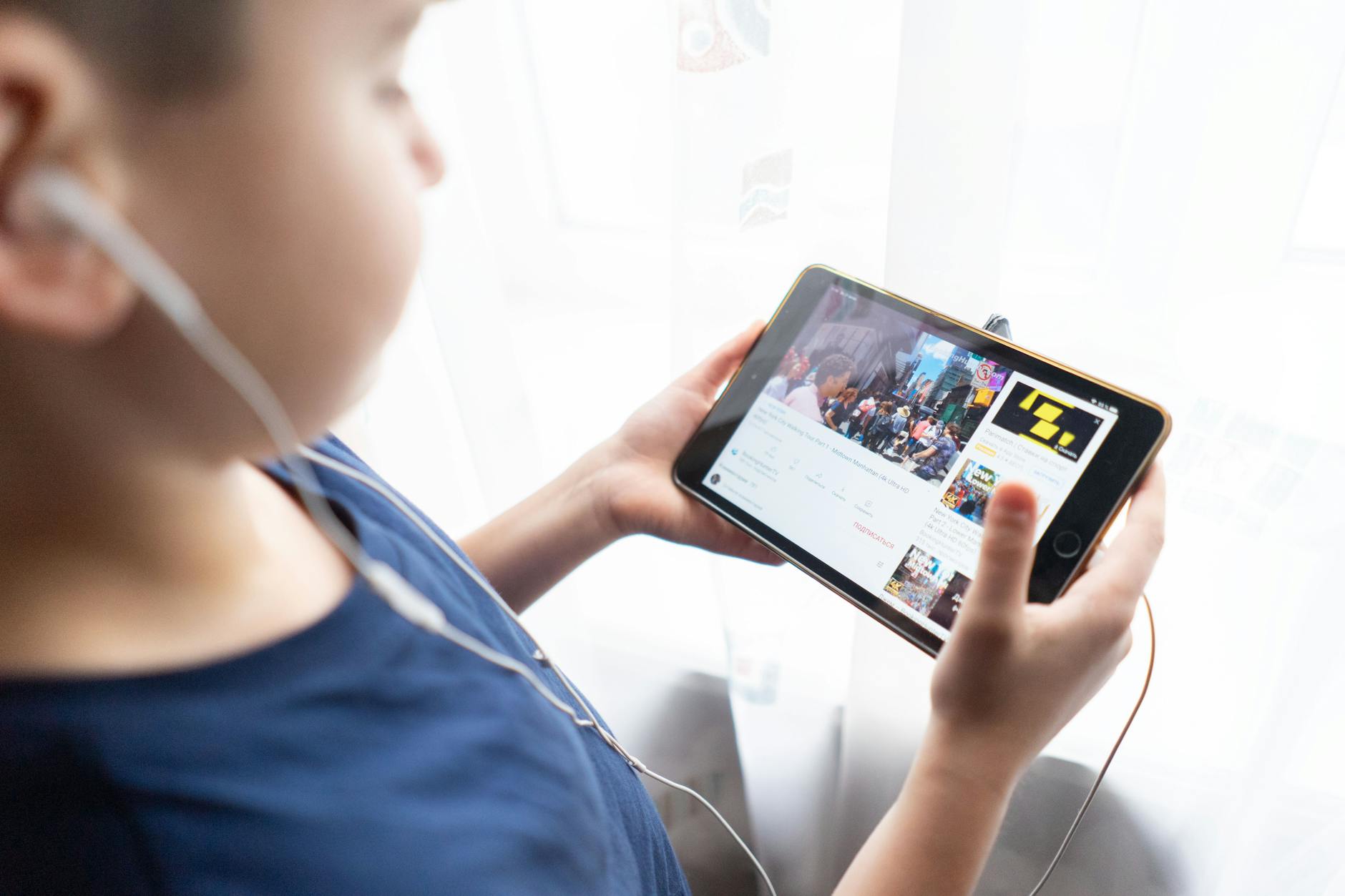Art is more than just colors on paper or clay in hands—it’s a gateway for children to explore their imagination, express emotions, and develop essential skills that transcend beyond the canvas. In today’s fast-paced world, where digital devices dominate playtime, fostering creativity through traditional artistic mediums becomes increasingly vital. This article delves into the profound benefits of nurturing artistic expression in children, explores effective strategies for parents and educators, and highlights essential art supplies and activities that support a child’s creative journey.
The Importance of Artistic Expression
Art allows children to communicate thoughts and feelings that may be difficult to express verbally. It serves as a therapeutic outlet, promoting emotional well-being and resilience. When children engage in art, they learn to problem-solve, make decisions, and think critically—skills that are essential for success in all areas of life. Moreover, artistic activities stimulate brain development by fostering neural connections and enhancing cognitive abilities.
Developing Creativity: Strategies for Parents and Educators
1. Creating a Supportive Environment
Parents and educators play a crucial role in nurturing creativity. By providing a supportive and encouraging environment, children feel safe to explore their ideas and take creative risks. Encourage open-ended activities where there are no right or wrong answers, allowing children to freely experiment and express themselves.
2. Encouraging Exploration and Experimentation
Offer a variety of art materials and mediums to inspire exploration. From paints and brushes to clay and collage materials, expose children to different textures, colors, and tools. Allow them to experiment with mixing colors, blending techniques, and creating textures, fostering a sense of curiosity and discovery.
3. Emphasizing Process over Product
Shift the focus from the final artwork to the creative process itself. Encourage children to enjoy the act of creating rather than worrying about the end result. Celebrate their efforts, creativity, and unique perspectives, reinforcing the idea that mistakes are opportunities for learning and growth.
4. Integrating Art Across the Curriculum
Integrate art into various subjects to enhance learning experiences. For example, use art to illustrate scientific concepts, create historical artifacts, or express mathematical patterns. This interdisciplinary approach not only reinforces academic knowledge but also encourages creative thinking and problem-solving skills.
5. Providing Opportunities for Artistic Collaboration
Promote collaboration and social interaction through group art projects or community art initiatives. Collaborative art encourages children to communicate, negotiate ideas, and work together towards a common goal. It fosters teamwork, empathy, and respect for diverse perspectives.
Essential Art Supplies and Activities
1. Painting and Drawing

Watercolor Paint Set: Introduce children to the magic of watercolors, allowing them to create fluid and vibrant artworks. Watercolor Paint Set

Sketchbook and Drawing Pencils: Provide quality sketchbooks and a range of drawing pencils for sketching ideas and refining drawing skills. Sketchbook and Pencils
2. Sculpting and Modeling

Non-Drying Modeling Clay: Choose non-drying modeling clay that can be reused for sculpting imaginative creatures and structures. Modeling Clay

Sculpting Tools: Include a set of sculpting tools for detailing and shaping clay creations. Sculpting Tools
3. Mixed Media and Collage

Art Aprons: Keep young artists’ clothes clean with comfortable and durable art aprons that protect against paint and glue spills. Art Aprons

Craft Supplies: Stock up on colorful paper, glue sticks, glitter, and assorted craft materials for collage-making and mixed media projects. Craft Supplies
4. Educational Resources

Art Books and Activity Kits: Explore art books that teach different techniques or provide step-by-step instructions for fun projects. Consider activity kits with all materials included for specific crafts or experiments. Art Books and Kits
5. Storage and Organization

Storage Solutions: Keep art supplies organized with colorful caddies, bins, or rolling carts. Organized storage makes it easy for children to find materials and encourages independence in creative exploration. Storage Solutions
6. Art Easels

Adjustable Art Easels: Set up sturdy art easels where children can comfortably paint or draw. Look for adjustable easels that grow with the child and can be used indoors or outdoors. Art Easels
Nurturing artistic expression in children is a rewarding journey that enriches their lives in profound ways.
By fostering creativity through art, parents and educators empower children to develop essential skills, express themselves authentically, and discover their unique talents. Investing in quality art supplies, providing a supportive environment, and encouraging exploration lay the foundation for a lifelong love of creativity and learning.
Whether children are painting their dreams, sculpting their visions, or crafting stories with colors, each artistic endeavor nurtures their imagination and fuels their growth.
Embrace the joy of creativity, celebrate the process of creation, and watch as children’s artistic journeys unfold, shaping confident, resilient, and creative individuals ready to conquer the world with their boundless imagination and creativity.
Related Tropical Party Supplies




